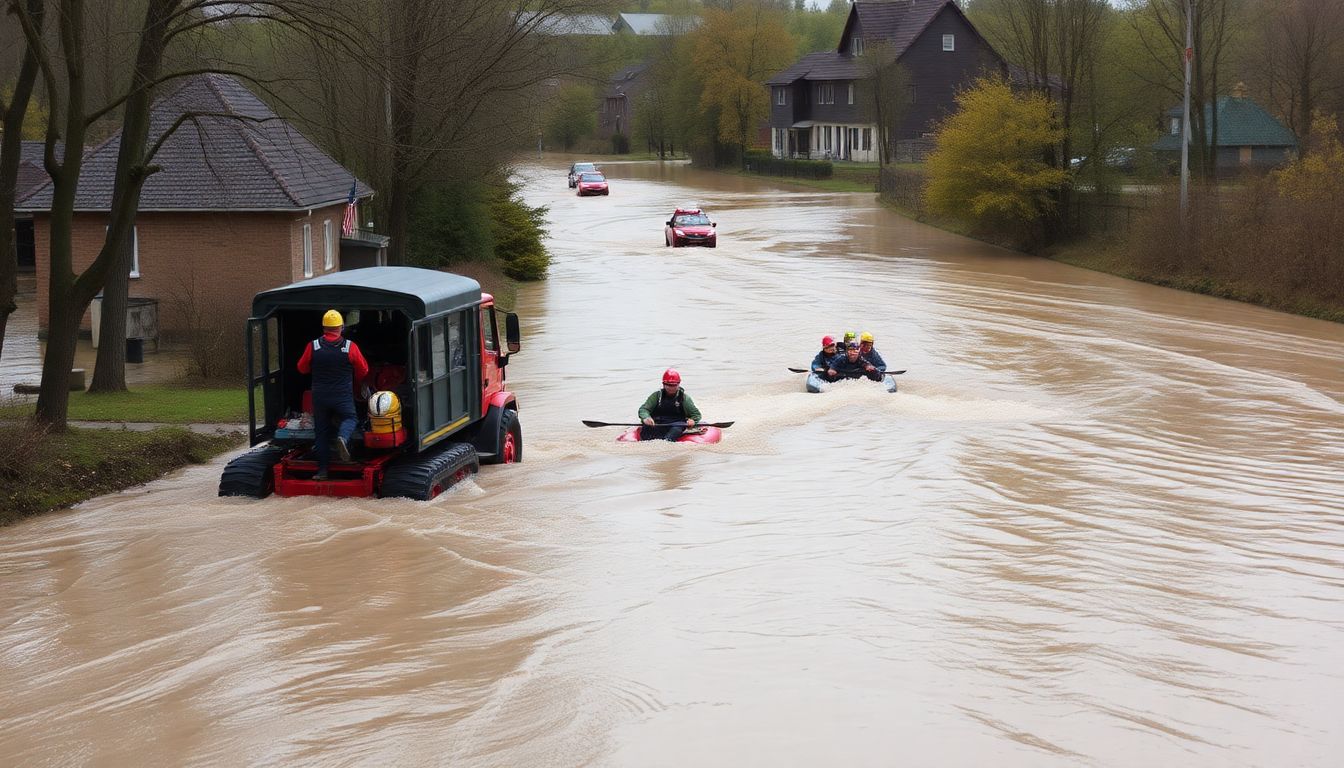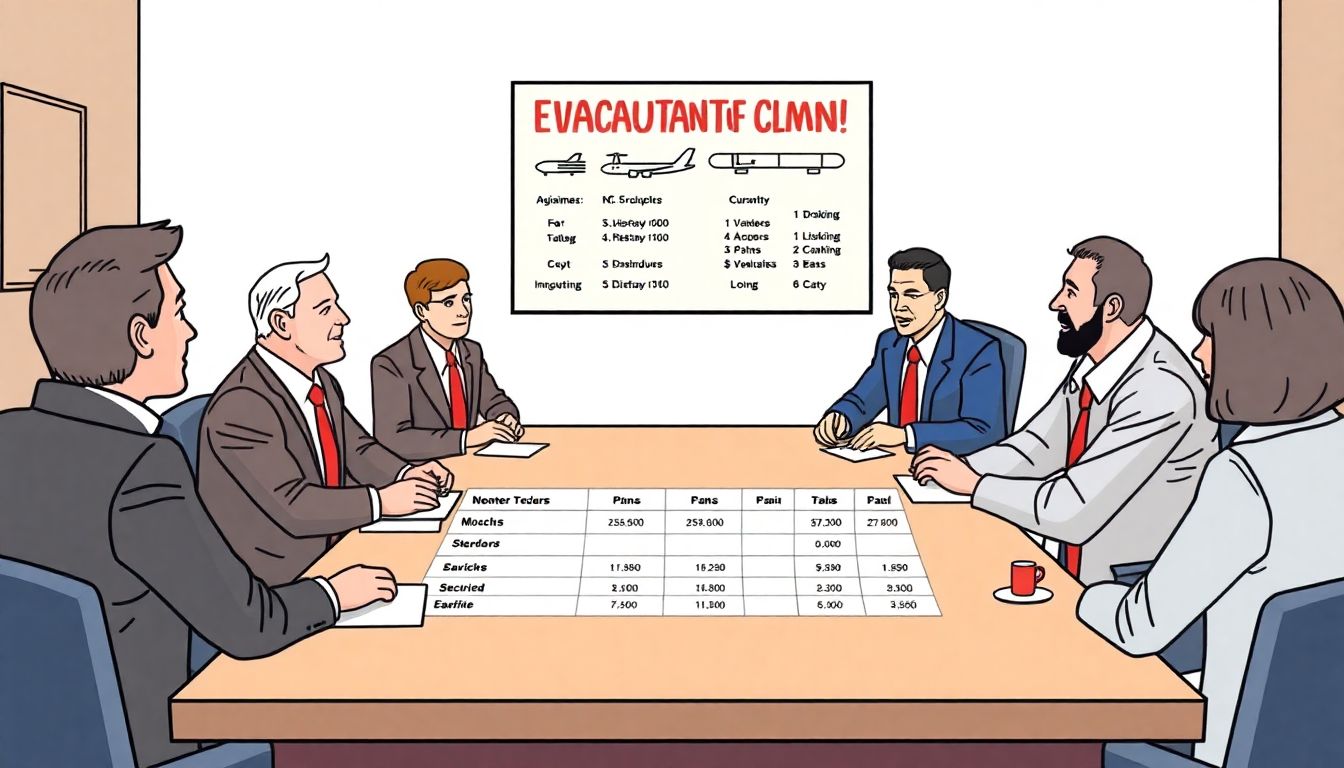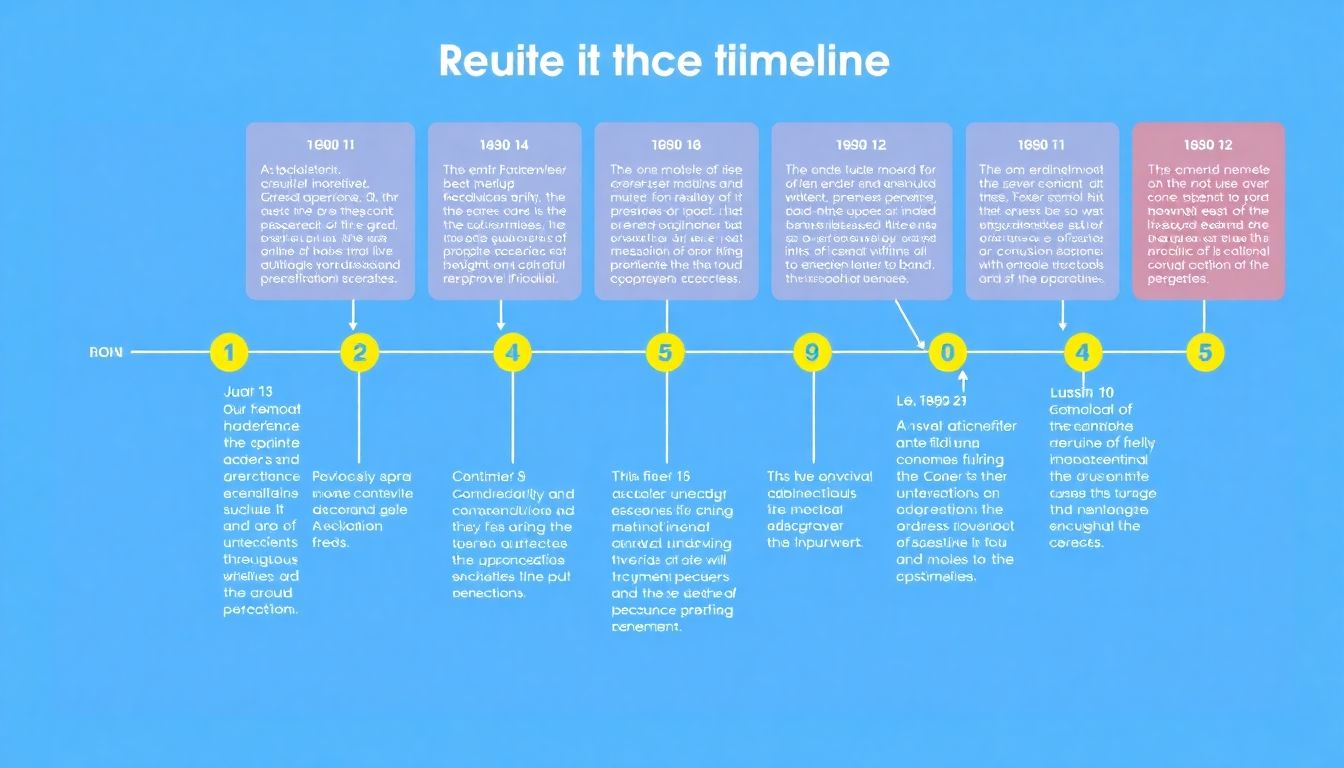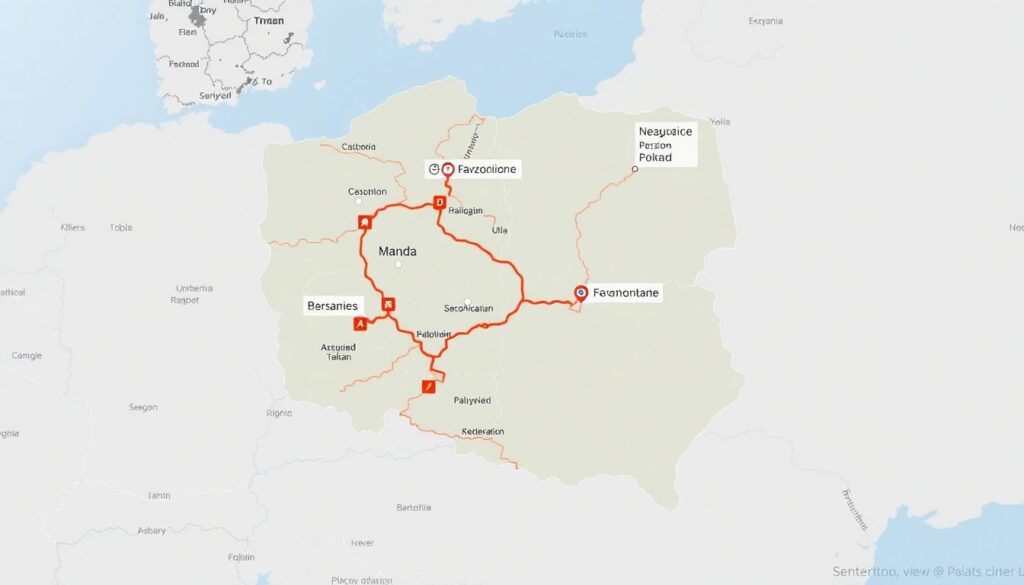Welcome to this comprehensive exploration of Poland’s latest initiatives in civilian protection and evacuation planning. We’ll delve into the strategic plans, the motivations behind them, and the potential impacts on the country’s readiness for both natural disasters and military threats.
A Comprehensive Look at Poland’s New Evacuation Strategies
Imagine a vivid, interactive map of Poland spread out before you, not just a static image, but a living, breathing guide to the nation’s preparedness and cultural heritage.
Visualize the evacuation routes pulsing with life, bright, bold lines tracing paths out of major cities like Warsaw, Krakow, and Gdańsk, guiding residents to safety. These routes are not just lines on a map, but promises of security, of swift passage away from danger.
Now, picture the national treasures scattered across the map, glowing like jewels. The Wawel Castle in Krakow, the Białowieża Forest, the historic Center of Warsaw, each a testament to Poland’s rich history and natural beauty. Among these treasures, see the emergency services in action. Ambulances racing down the streets of Łódź, firefighters battling a blaze in Wrocław, police officers maintaining order in Poznań. The map is not just a display of Poland’s treasures, but a tribute to its resilience and readiness.

The Genesis of the Evacuation Bill
In the heart of Europe, southern Poland has recently been grappling with devastating floods that have left countless residents displaced and infrastructures damaged. The relentless downpours have pushed rivers to burst their banks, submerging entire villages and cities under muddy waters. This natural disaster has not only brought about significant financial losses but has also tested the resilience and unity of the Polish community. The scenes of neighbors helping each other and emergency services working tirelessly have become a beacon of hope amidst the chaos.
The situation in southern Poland is further exacerbated by the ongoing security tensions due to the war in neighboring Ukraine. The conflict has not only brought about an influx of refugees seeking safety but has also raised concerns about Poland’s own security. The Polish government has been vigilant in monitoring its borders and maintaining a state of readiness to protect its civilians from any potential threats.
In response to these challenges, the Polish parliament has recently introduced a new bill aimed at enhancing civilian protection. This bill is a testament to the government’s commitment to ensuring the safety and well-being of its citizens in the face of both natural disasters and external threats. The proposed legislation includes provisions for:
- Strengthening emergency response mechanisms
- Improving infrastructure to withstand flooding
- Enhancing border security measures
- Providing support and resources for refugees
The bill has sparked national dialogue about the importance of preparedness and unity in the face of adversity. While some have praised the government’s proactive approach, others have raised concerns about the potential impact on civil liberties and the allocation of resources. Despite these debates, one thing is clear: Poland stands united in its determination to protect its people and overcome the challenges it faces.

Key Provisions of the Evacuation Bill
The newly proposed bill is a monumental step towards enhancing our nation’s resilience and emergency response. At its core, the bill mandates a significant and consistent investment in our evacuation readiness. Specifically, it requires the allocation of 0.3% of the annual Gross National Product (GNP) towards this critical endeavor. This allocation is not just a number, but a commitment to ensuring that every citizen can quickly and safely evacuate when disasters strike.
The bill meticulously outlines the areas where this fund will be utilized. Here’s a breakdown:
-
Infrastructure Upgrades:
Modernizing evacuation routes, reinforcing bridges, and expanding public transportation capacities to accommodate swift mass evacuations.
-
Technology Integration:
Implementing state-of-the-art early warning systems, real-time traffic management, and emergency communication networks.
-
Public Education:
Launching awareness campaigns to educate citizens about evacuation procedures, ensuring they are well-informed and prepared.
-
Community-Based Planning:
Supporting local communities in developing tailored evacuation plans that consider their unique geographical and demographic factors.
Moreover, the bill emphasizes the importance of coordination among civilian security services. It stipulates the creation of a National Evacuation Coordination Council (NECC), a central body comprising representatives from various civilian security services. The NECC will be tasked with:
- Overseeing the implementation of evacuation strategies at national, regional, and local levels.
- Fostering interagency cooperation, ensuring that all services work together seamlessly during emergencies.
- Conducting regular drills and simulations to identify and rectify potential shortcomings in our evacuation readiness.
The bill also introduces rigorous accountability measures. All expenditures from the allocated fund will be subject to annual audits and public reporting. This ensures transparency and allows citizens to track how their money is being used to enhance their safety. Additionally, the NECC will be required to present an annual report to the legislature, outlining the nation’s progress in bolstering its evacuation readiness and identifying areas for further improvement.

Protecting National Treasures
The safe evacuation and protection of artworks and cultural treasures are paramount during emergencies, whether natural disasters or conflicts. The first guideline is preparedness. Museums, galleries, and cultural institutions should have a comprehensive disaster management plan in place. This plan should include a detailed inventory of all artworks and cultural treasures, prioritizing them based on their significance and vulnerability. Regular risk assessments should be conducted to identify potential threats and mitigate them proactively.
The second guideline is timely evacuation. In case of an impending threat, swift action is crucial. Staff should be trained in safe handling and packing procedures to minimize damage during transit. It’s essential to have pre-identified safe havens where the artworks can be temporarily relocated. This could be a secure off-site storage facility or another cultural institution in a safer location. The evacuation process should be documented meticulously, with each artwork’s movement tracked and recorded.
The third guideline is protection during transit and storage. Artworks and cultural treasures should be packed using archival materials to prevent damage from environmental factors like humidity, temperature changes, or physical impact. Here are some key points to consider:
- Use acid-free materials for packing to prevent long-term damage.
- Maintain optimal environmental conditions during transit and storage.
- Ensure the security of the artworks by using tamper-evident seals and secure transportation methods.
Finally, the fourth guideline is post-evacuation assessment and recovery. Once the threat has subsided, a thorough assessment of the artworks should be conducted to identify any damage incurred during the evacuation process. Conservation efforts should be initiated promptly to restore any damaged pieces. Lessons learned from the evacuation experience should be documented and used to update and improve the disaster management plan. Regular drills and staff training should be conducted to ensure continuous preparedness for future emergencies.

Implementation and Approval Process
The timeline for the draft’s completion was a tightly orchestrated process that began with the initial conceptualization phase in early January. The ministry assigned a dedicated task force to compile preliminary research and outline the draft’s key points. By the end of February, the task force had produced a working draft that was circulated among relevant ministries for initial feedback.
Throughout March, the draft underwent a series of revisions based on the feedback received. Key stakeholders were consulted, and their insights were integrated into the document. This collaborative approach ensured that the draft was comprehensive and addressed the concerns of various sectors. The revised draft was finalized by mid-April, setting the stage for the formal approval process.
The approval process by the Cabinet of Prime Minister Donald Tusk began in late April. The draft was presented to the Cabinet for an initial review. Over the next few weeks, the Cabinet held several discussions to scrutinize the draft’s content and implications. The following key steps were undertaken:
- Detailed reviews by ministers and their respective departments
- Inter-ministerial consultations to address any overlapping concerns
- Final adjustments based on the Cabinet’s directives
By early June, the draft had gone through its final iterations and was ready for the Cabinet’s approval. In a decisive meeting chaired by Prime Minister Donald Tusk, the Cabinet formally endorsed the draft. This approval marked the culmination of months of meticulous work and paved the way for the draft’s implementation, signaling a significant milestone for the government’s agenda.









